CaratLane, a jewellery retailer owned by Tata’s Titan Company, has surpassed the Rs 3,000 crore revenue mark for the FY24 ending March 2024. The company achieved a revenue of Rs 3,081 crore, up 42% from Rs 2,169 crore in the previous fiscal year. Including income from other financial activities, the total revenue reached Rs 3,106 crore.
Expansion Strategy Affects Profit Margins
Despite impressive revenue growth, CaratLane experienced a slight dip in profit. The company’s profit decreased marginally from Rs 82 crore in FY23 to Rs 79 crore in FY24. This decline is attributed to the costs associated with its aggressive expansion strategy. CaratLane has been expanding its network, now operating over 262 stores in 105 cities across India.
The costs of opening and running these new stores, along with other operational expenses, have impacted the company’s profit margins.
Major Cost Centres and Financial Performance
In FY24, CaratLane’s largest expense was the procurement of materials and stones, which made up 69% of the total expenditure. This cost increased by 48% to Rs 2,077 crore. Additional significant expenses included employee benefits, advertising, promotion, legal, technical, and transportation costs. Total expenditure rose to Rs 2,992 crore from Rs 2,069 crore the previous year.

Despite the higher costs, CaratLane maintained a Return on Capital Employed (ROCE) of 34.88% and an EBITDA margin of 8.98%.
Continued Growth in First Quarter of FY25
CaratLane’s financial performance has shown positive trends into the new fiscal year. In the first quarter of FY25, the company reported total income of Rs 754 crore, an 18% increase compared to the same period last year. The EBITDA also grew by 8% to Rs 38 crore, indicating ongoing growth.
In February 2024, Titan Company acquired the remaining 0.36% stake in CaratLane for Rs 60.08 crore, making CaratLane a wholly-owned subsidiary.
CaratLane’s robust revenue growth in FY24 highlights its strong market presence and successful expansion strategy, even though it faced some profit challenges. The company’s continued growth into FY25 suggests a positive trajectory despite higher operational costs.


